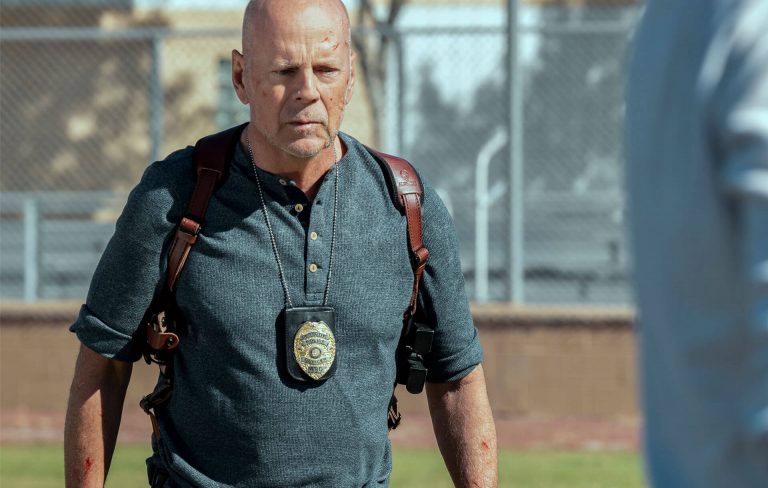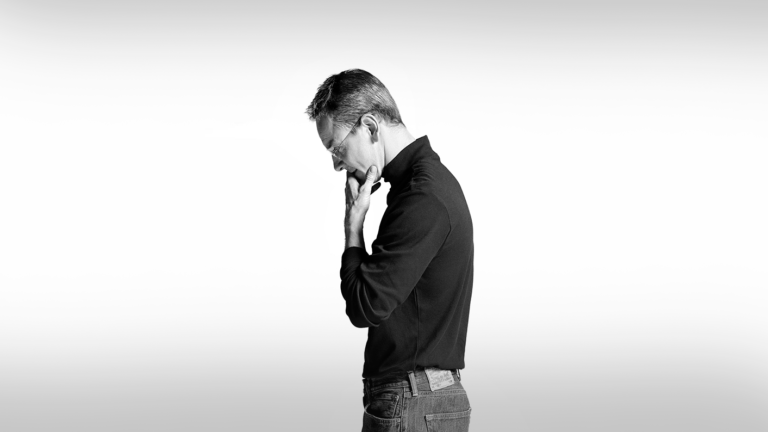Mary Helena Clark and Mike Gibisser’s experimental documentary is made for the patient, the inquisitive, and the apopheniac. On the surface, A Common Sequence is about the extinction of salamanders in Lake Pátzcuaro, Mexico; the use of robotics for apple-picking at Washington State University; and the private ownership of Indigenous peoples’ DNA. These obscure and specific subjects don’t have any apparent connection until Clark and Gibisser pick up the threads of a “common sequence” and ask us to consider it.
These three focuses divide A Common Sequence into a clean triad, one after another, and ultimately boil down to the use (or overuse) of common, natural resources and loss of ancient knowledge (or rather, the respect for knowledge). We’ve bled Lake Pátzcuaro (and its fisherman inhabitants) dry trying to obtain the regenerative abilities of salamanders, removed apples from trees to artificially grow them in laboratories, and, after a history of separating Indigenous people from their land, we are now trying to own them on a cellular level.
Ownership, consumption, control, mechanization, replication. This is the direction humanity has decided to head towards, despite what all the sci-fi movies warn us—things born of our own imaginations that we then have the audacity to ignore. For all its humility and quietness, A Common Sequence is perhaps a more effective warning than fictional dystopias because instead of showing us a possible future, we’re shown the very real present. Real, in that it’s a documentary, and real, in that it plays (almost) in real-time, with lingering still shots mounted on a tripod and left to observe for minutes.
This is why A Common Sequence is not for the easily distracted. Clark and Gibisser aren’t afraid of silence, of holding a frame, of taking their time. Rather than preach and rant its woes to the audience, A Common Sequence listens to its (often overlooked) subjects and invites you to take a seat. We find this when watching the nuns go about their daily lives in Pátzcuaro, where they infuse syrup with the power of salamanders, or listening to the lake dwellers talk about the water as if it were a loved one. A whole life lived beside the lake, living off it, creating on it, making a home out of it. It’s beautiful to watch, in the most simplistic of ways, and unfortunately, something we’ve lost in the breakneck speed of Western society.
A Common Sequence lets us soak in every passing cloud, every faded painting, every human face, lost in their own thoughts as children’s voices echo through church halls. It’s almost poetic in its modesty, where every moment feels holy not just because of the church settings but the stillness of each frame. Indeed, the entire documentary deals with the sacred—or, more accurately, the desecrated. Whereas the nunnery still retains a slow pace of life, beating to the rhythm of church bells and running water, the WSU’s Agricultural Automation and Robotics Lab is less in touch with nature.
Just as the US has been trying to weaponize the salamander’s regenerative powers—and consequently drove them to extinction in their native land, where native people must suffer religious and business losses—they’ve also been using robots for harvesting. Robots that can’t even decipher a real apple from a fake one.
Interestingly, though, fruit and foliage still intercept the desks of its lab workers, where desktops mingle with the overgrown leaves. Clark and Gibisser prefer the symbolic over the explicit, and the apple imagery is probably the most potent. First, photographs of an apple farm run in quick succession, faster and faster, becoming more overexposed by the second until almost a blinding white, much like we’ve overexposed our own resources, our own place within nature.
Then, there’s the more obvious motif of the tree of knowledge. Overlapping shots of a machine reaching for the fruit of a sparse, sickly-looking laboratory tree is a narration about returning to the old days when “knowledge could only be obtained by revelation.” This homage to the old ways of living—one still embodied by the inhabitants of Lake Pátzcuaro—is woven throughout Clark and Gibisser’s meditative documentary.
Whereas the nuns and fisherman of Pátzcuaro view the salamander’s ability to regrow limbs and hearts as something to honor and work in harmony with, the US thinks of it in military or scientific terms, clutching at unnatural immortality. Themes of colonialism and modernization feel, for the local workers, like falling off a ladder, falling a dream. The ancient and wise world has given way to robotic claws, extinct species, and government-owned genes.
Life is reduced to data, as explained by Bio-Medical Researcher Joseph Yracheta. Yracheta’s disturbing commentary about the privatization of disease-fighting DNA, usually found within Indigenous people, remains undisturbed by changing images so that we may pause and think about the Orwellian future that hangs above us, like bats dangling in a cave.
There is a difference between knowledge and wisdom—a conclusion which A Common Sequence lets us reach for ourselves. A cautionary and divine essay film that extends out a hand rather than shouts at you, Clark and Gibisser somehow remain distant yet personal. However, A Common Sequence will likely remain too slow and niche for mainstream tastes.






![The Social Network [2010]: A Prism of Friendships, Betrayals and Ambitions](https://79468c92.delivery.rocketcdn.me/wp-content/uploads/2018/03/the-social-network-wallpaper-33650-34408-hd-wallpapers-768x511.jpg)

![Colossal [2017] : Mosters are within us](https://79468c92.delivery.rocketcdn.me/wp-content/uploads/2017/07/Colossal-film-768x528.jpg)
